Hacks for Your Ax
7 essential pointers you need to know about.
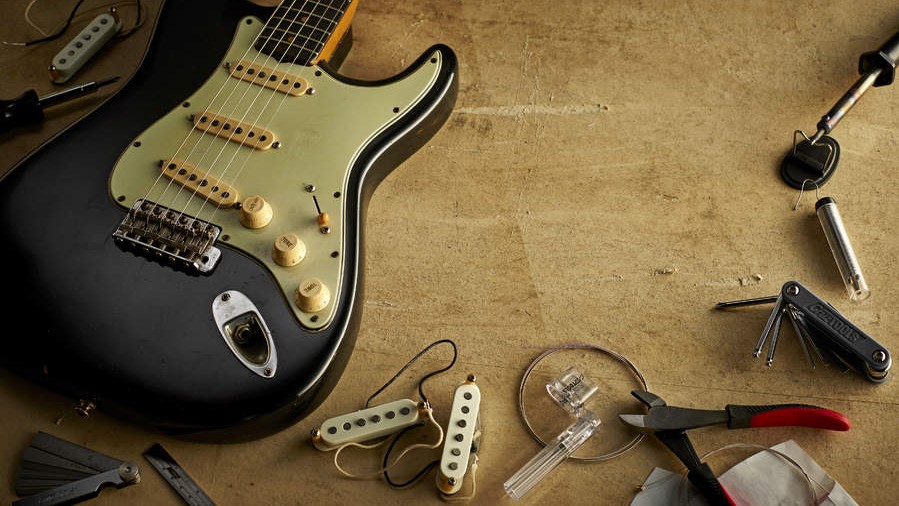
The easiest tone hacks are often the best. And if you can work a screwdriver you're well on your way. Here are seven simple ideas to help elevate your tone...
1. Change Your Tone Without Changing Your Guitars
Our desire to change our sound often becomes an excuse to buy a new guitar. But how about revamping your existing guitar’s sound with a new pickup? There’s a vast range available, allowing you to make dramatic tonal changes without routing your guitar’s body or replacing your pickguard.
Want to swap your humbucker for the punchier cut of a P-90? Try a humbucker-sized P-90. Want the opposite? Check the offerings of Seymour Duncan, DiMarzio, Fralin and others. There are single-coil-size humbuckers for players who want more meat, and coil-splitting mods to deliver more diversity.
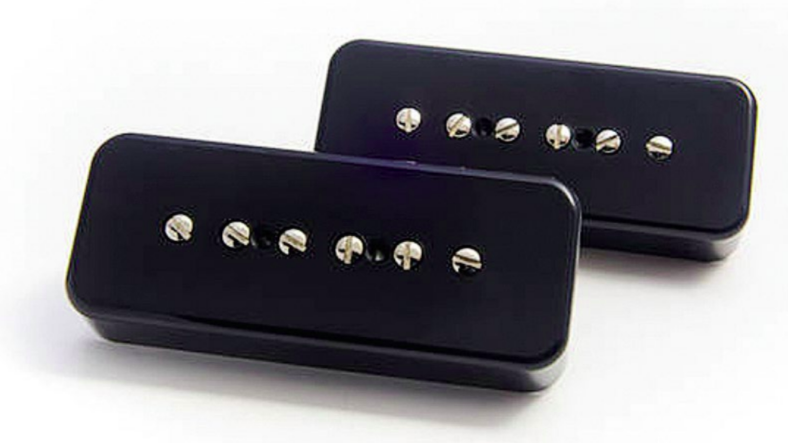
2. Check Under Your Pickguard
Just because your guitar is factory-fitted with a single-coil pickup doesn’t mean that’s all it can take. Look under your Strat- or Tele-style guitar’s pickguard – it may be pre-routed to accommodate a humbucker. If so, modding your guitar will be as simple as adding a new pickguard to fit the new pickup.
Hold onto your old parts so you can easily put the guitar back to its original spec if you ever decide to sell it.
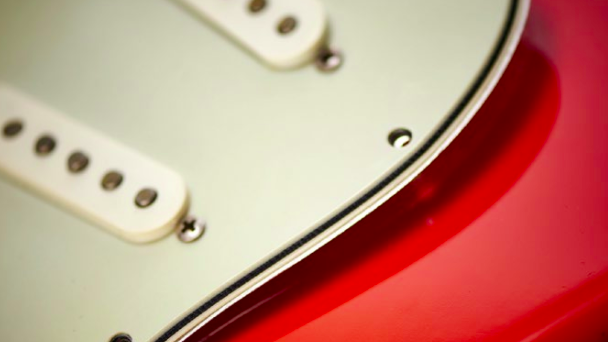
3. Stratocaster Tone Mod
If your Strat features the classic tone control wiring, you might find it frustrating that your tone pot doesn’t affect your bridge pickup. There’s an easy (and free) way to remedy this. Better still, it’s non-permanent, so you can always restore the original control setup if you want to sell your guitar.
With the pickguard removed, you’ll be able to see the back of your pickup selector switch. This will have three wires going to your two tone pots and your volume pot. Simply de-solder the wire in the middle and move it to the empty tag next to it.
Get The Pick Newsletter
All the latest guitar news, interviews, lessons, reviews, deals and more, direct to your inbox!
Alternatively, if you want to use the tone control for both the middle and bridge pickups, you can solder the piece of wire between the original wire position and the tag next to it as a jumper to give you control over both pickups.
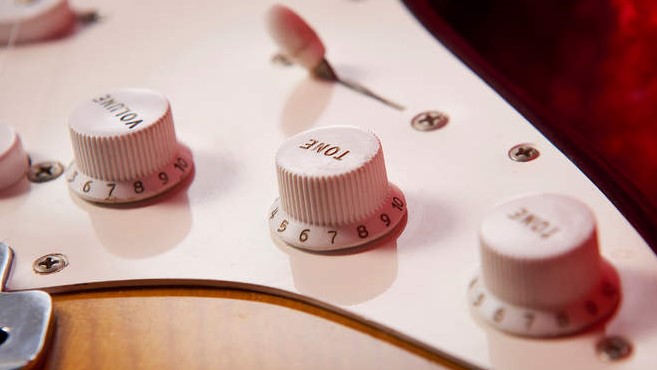
4. Install a Coil-Split
A coil-split lets you divide a humbucker’s sound in two and use it as a single-coil. In order to do this, you’ll need two things: a humbucker with four-conductor wiring, and a push-pull pot to replace your standard volume control (available at retail music stores and online).
To start, check inside your guitar’s cavity and see if your humbucker has a cable with four or five wires. The additional coil wires are typically soldered together and insulated, and are at the end of coil 1 and the start of coil 2. Check the color coding against the wiring codes for your pickup brand.
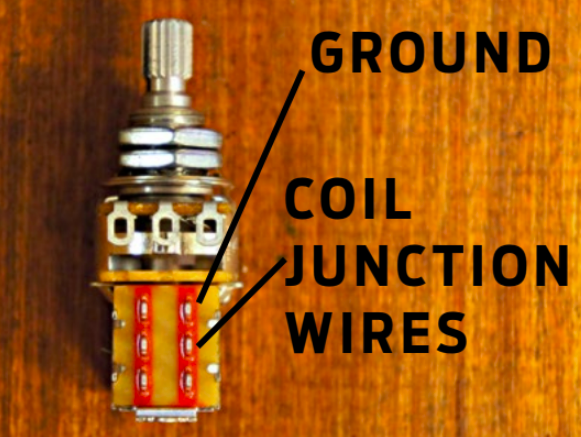
The main solder terminals of the push-pull pot are wired the same way as your current volume or tone control but include an added switching function. When you pull the pot up, it’ll split the coil. Look at your guitar’s volume control and make a note of the three soldered connections. Swap the pot for your new switched one, add the existing connections to the three solder lugs as before, and add the coil junction wires and a new ground wire.
You’re ready to start splitting!
5. Pots of Sound
Is your guitar dull and lacking bite? Did you know the pots and capacitors inside the guitar also flavor the tone?
The rule is as follows: Pots with a higher resistance rating will bleed away less of the high frequencies; pots with a lower resistance will bleed more and make your sound duller.
The capacitors in your guitar’s tone control circuit bleed some treble off too, even if you leave the tone control at 10. Similarly, the higher the capacitance, the more treble will be lost. But which pot and capacitor are best?
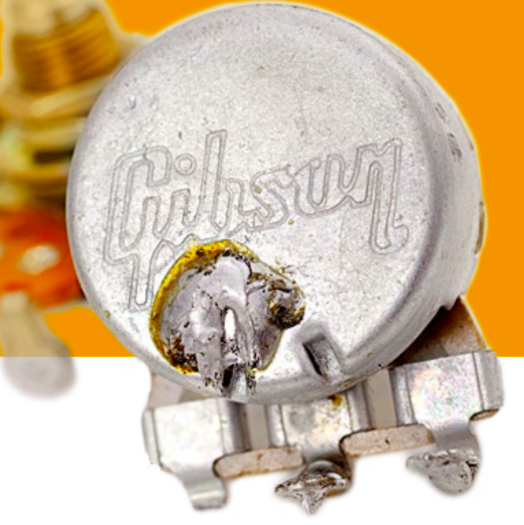
Gibson guitars with a humbucker retain some of their bite by using 500kΩ pots with a 0.047μF capacitor to allow for some darkness when the tone control is rolled off. By comparison, the bright-sounding Fender Jaguar uses 1megΩ pots and tiny 0.01μF caps for maximum snap. Try a few options and see which one makes your guitar sing like the ax of your dreams.
6. Get an Acoustic-Style Tone from an Electric
Are you switching between acoustic and electric in a live set? How about an effective compromise? You can get your electric guitar into jazzier semi-hollow territory simply by dialing down the tone control and using the neck pickup on its own, as it will deliver the most semi-acoustic vibe. You’ll need to clean up to enhance this tone, so dial down your amp’s gain and lower the guitar’s volume further if necessary.
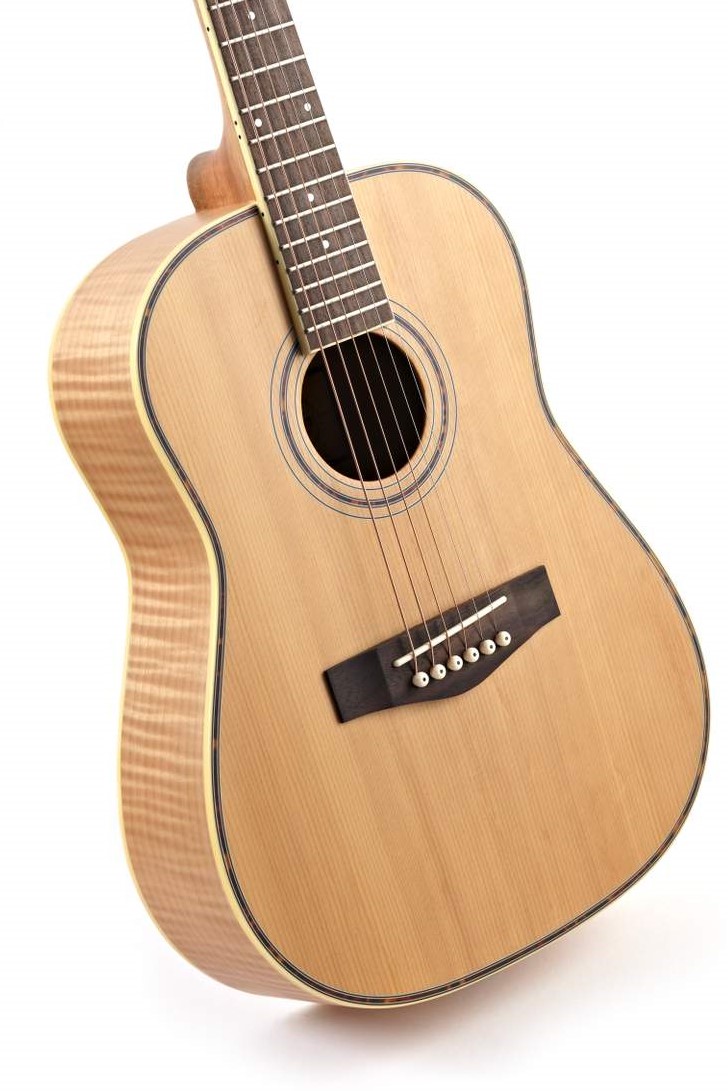
7. Set Your Pickup Height
Setting the distance between the pickups and the string can dramatically change the way a pickup behaves and sounds. Each pickup model has a different magnetic strength, which is worth bearing in mind because that magnetic field can mess with the string.
If the pickup is too high, it can pull the string in like a black hole and produce a strange howling. If it’s too low, you won’t get as much power and tone. In addition, bear in mind just how much room you’ll need to clear the pickup when you perform heavy strumming.
Here’s how to adjust your pickups to perfection:

1. Plug into your amp and start by setting the bridge pickup. The screws surrounding it will govern their height. Tighten them to raise the pickup; loosen them to lower it.
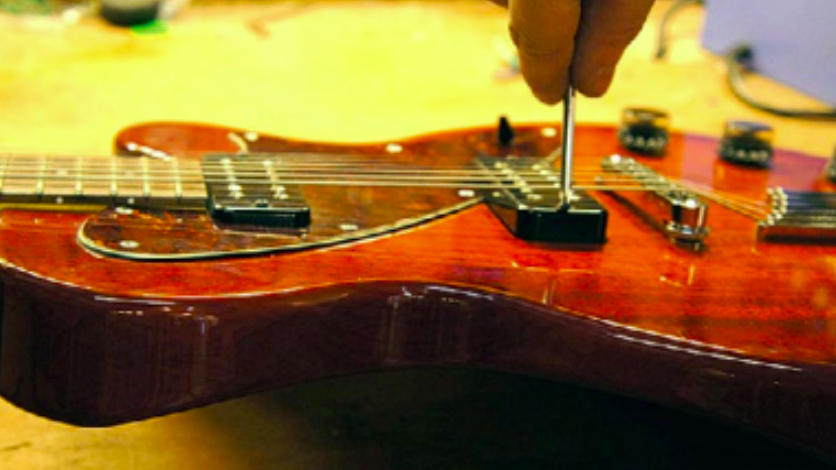
2. Move the pickup closer to the strings and it’ll get louder. Go too far and it’ll add interference. Back it away until the noise goes but you still have lots of volume.
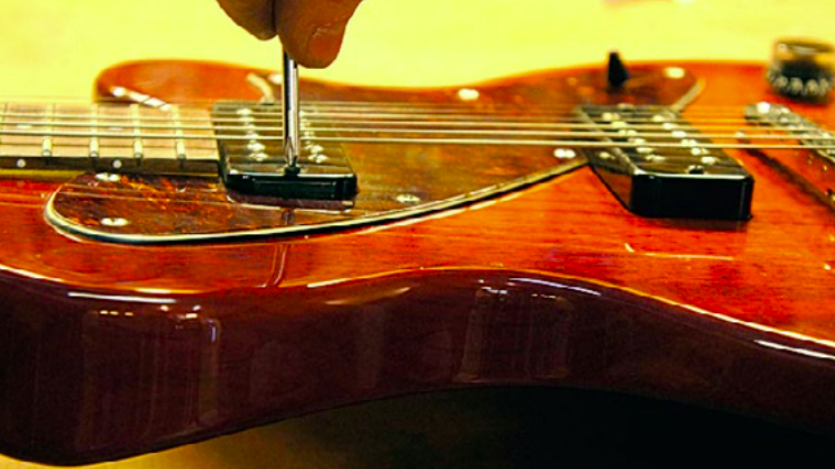
3. Set the neck pickup using the same method. You’re aiming to get each pickup to balance with a smooth transition when you switch between them.
Guitar Player is the world’s most comprehensive, trusted and insightful guitar publication for passionate guitarists and active musicians of all ages. Guitar Player magazine is published 13 times a year in print and digital formats. The magazine was established in 1967 and is the world's oldest guitar magazine. When "Guitar Player Staff" is credited as the author, it's usually because more than one author on the team has created the story.
“Write for five minutes a day. I mean, who can’t manage that?” Mike Stern's top five guitar tips include one simple fix to help you develop your personal guitar style
"It’s like you’re making a statement. And you never know where it’ll lead." Pete Thorn shares the tip that convinced Joe Satriani he was the right guitarist for the SatchVai Band









